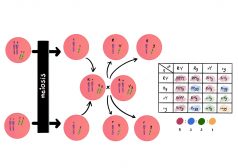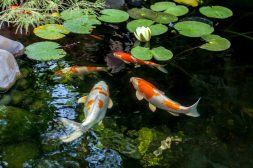Definition
noun
A taxonomic kingdom in old system of classification (i.e. five kingdom scheme), comprised of species (referred to as protists) characterized by being eukaryotic, mostly single-celled (others multicellular or colonial), and lacking specialized tissue organization
Supplement
Kingdom Protista is one in the five kingdom scheme of classification. This method of classification is regarded as old and is used formerly to classify organisms (as proposed by Robert Whittaker1). In this system of classification, Protista is comprised of animal-like (protozoa) and plant-like (algae) eukaryotes. Accordingly, Protista is divided into several phyla. In particular, animal-like protists are divided into the following phyla: Sacordina (protists that move using pseudopod), Mastigophora (protists that move using flagella), Ciliaphora (protists that move using cilia), and Sporozoa (protists that form spores). As for the plant-like protists (Subkingdom Phycobionta), there are also various phyla: Euglenophyta (euglenids), Chrysophyta (diatoms), Pyrrophyta (dinoflagellates), Chlorophyta (green algae), Phaeophyta (brown algae), and Rhodophyta (red algae). The Cyanophyta or blue-green algae, which are prokaryotic organisms, are traditionally included in this group but later on they were grouped together with bacteria under Kingdom Monera. Fungus-like (i.e. slime molds and water molds) are also included in Kingdom Protista.
The general characteristics of protists are as follows: most of them live in aquatic habitats, simple eukaryotes lacking specialized tissue organization, many are single-celled, although there are protists that form colonies or are multicellular.
It should be noted, however, that the taxonomic classification of organisms is bound to change as further studies of the species would lead to newer system of classification, such as that in The NCBI taxonomy database.2
Related term(s):
Mentioned in:
Reference(s):
1 Brown, E G. 2009 Feb 2. Providencia Infections. New York (NY): WebMD LLC Medscape.com.
2 The NCBI taxonomy database. Retrieved from http://www.ncbi.nlm.nih.gov/taxonomy.







